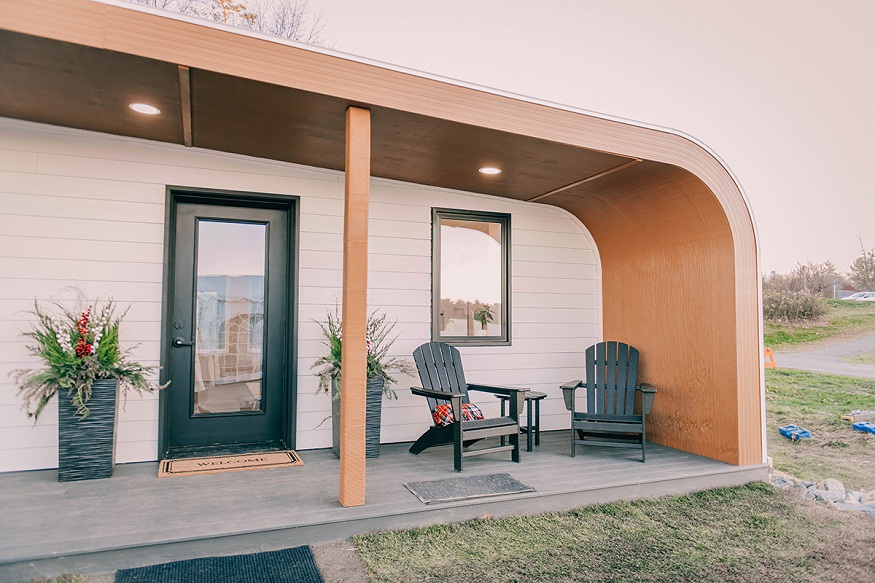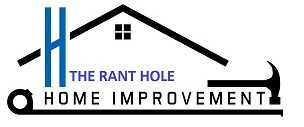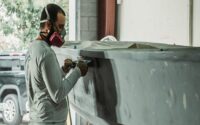What are the benefits of the best 3D printing companies?

The architectural design process has experienced a complete revolution by combining 3D scanning service with latest technologies, 3D printing technology. Completely changing how architects view, develop and present their designs to stakeholders and clients these developments have. Additive manufacturing has allowed the existing structures to design cycles and expansion of creative imaginables. Going forward, modern architecture businesses are moving more often to forge ties with the advanced 3D printing companies and even 3D scanning providers to better themselves on the projects that they will win, the creativity they will showcase when a project is completed and finally the customer satisfaction attached to their businesses. This technological collaboration has completely changed the architectural workflow, and enabled the fabrication of components that are hard to produce using traditional means, quick prototyping of alternative designs, and better description of current conditions.
The Development of Architectural Records Using 3D Scanning
Nowadays, existing structures are being documented in detailed digital point clouds of all or most of each structure’s features using hand-drawn measurements and images, being replaced by 3D scanning services that rely on photogrammetry, structured light scanning or LiDAR (Light Detection And Ranging) to provide a digital representation of the building and site at millimeter accuracy. By employing these techniques, architects are able to rapidly introduce the integrated three dimensional data sets in this software considerably improving accuracy while reducing time on site documentation.
The accuracy offered by 3D scanning allows architects to be sure that the information provided regarding changes to existing structures is accurate. Since the key benefit of this is that it is useful in historic preservation context where it is needed to capture elaborate architectural details in sufficient detail, 3D scanning provides a way for restoration architecture to precisely replicate deteriorated parts which may not be feasible to measure by hand. This was especially useful when they needed to repair damaged elements. In retrofit projects, architects can produce solutions that take into consideration the building’s actual state rather than its idealized form by using their expertise to spot structural imperfections that are invisible to the naked eye.
Beyond accuracy, 3D scanning speeds up the pre-design stage by lowering the possibility of measuring errors and eliminating the need for numerous site visits. With the help of this technology, architects may create more creative and contextually relevant design solutions by uncovering hidden opportunities and limitations in the full geographical data it provides.
3D Printing as a Tool for Design Development: From Idea to Reality
Architects now develop and improve design concepts in a completely different way thanks to the incorporation of 3D printing technologies. It took a long time to create traditional architectural models, which restricted the number of design iterations that could be completed within project deadlines. Architects can more effectively explain spatial relationships and explore numerous possibilities by using 3D printing to quickly create real models straight from their digital plans. By identifying any problems early in the development process, design teams can save a great deal of time and money during construction thanks to this rapid prototyping capacity.
The best 3D printing companies have integrated onsite to facilitate their design workflows. For instance, before settling on final solutions, architects can test design concepts by producing models at different scales at Foster + Partners’ vast digital fabrication lab. The palpable input that these physical representations offer on spatial features that may be challenging to assess in digital contexts alone. The capacity to generate several design concept iterations in a matter of hours as opposed to days speeds up the decision-making process and permits a more comprehensive investigation of design options.
The capabilities of contemporary architectural 3D printing go beyond basic massing models to include intricate depictions of intricate building systems and elements. Sections displaying mechanical system integrations, facade details, and structural connections can be printed by architects with remarkably high accuracy. By identifying possible construction issues early in the design process rather than after they are discovered on site, this degree of detail helps reduce the number of modification orders and improve the efficiency of construction procedures. Additionally, when working with clients who might not be familiar with deciphering technical drawings or digital visualizations, the physical models are effective language tools.
Creating Smooth Workflows: Combining Printing and 3D Scanning Technologies
The integration of 3D scanning and printing technologies into a unified workflow yields the most potent applications. With the use of this combination, architects can create flexible designs, record actual circumstances, and create tangible representations of their ideas with previously unheard-of efficiency. Architects can utilize their design tools to scan ancient buildings, create preservation plans, 3D print models of new interventions, and even create unique parts that blend in seamlessly with existing structures in adaptive reuse projects.
Data can move smoothly from scanning to design development to manufacture thanks to digital processes created by top 3D architecture design firms. Because unforeseen circumstances frequently arise during complex restoration projects, this integration has proven especially beneficial. Delays and cost overruns can be avoided by architects swiftly modifying their plans to solve issues as they emerge by keeping an ongoing digital thread from documentation through construction.
Conclusion
An important break in the design, recording, planning and building of the built environment comes with the collaboration between architectural designing firms, 3D scanning services and 3D printing businesses. These technologies don’t just end up being computational visualization tools, but they are now an integral part of the process of architectural design and what can be built. For instance, as these methods become more and more accessible from the beginning of preliminary site documentation to the end of the building and may expect more integration of 3D scanning and 3D printing along the architectural workflow.
The most successful architectural methods that make use of these technological advancements and keep an eye on the three major components of good design: contextual responsiveness, environmental performance, and human experience will be the most successful. Fusion of accuracy of 3-D scanning and the manufacturing potential of 3-D printing could produce more responsive structures that are better designed and constructed by architects to better interface with their physical and cultural environments. This technology advancement promises to enable new aesthetic and functional possibilities for use in architectural design process, and thus produce constructed environments that will serve human needs better.



